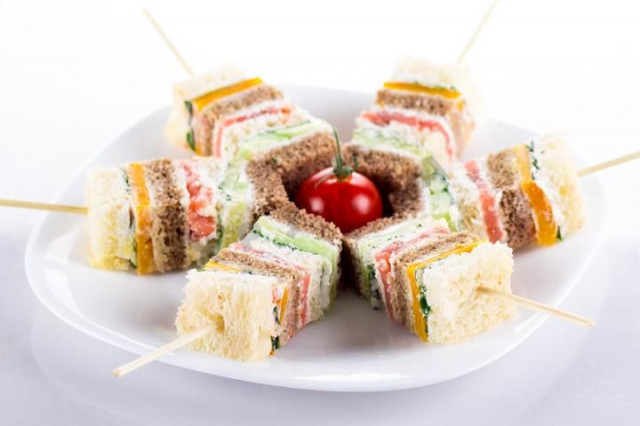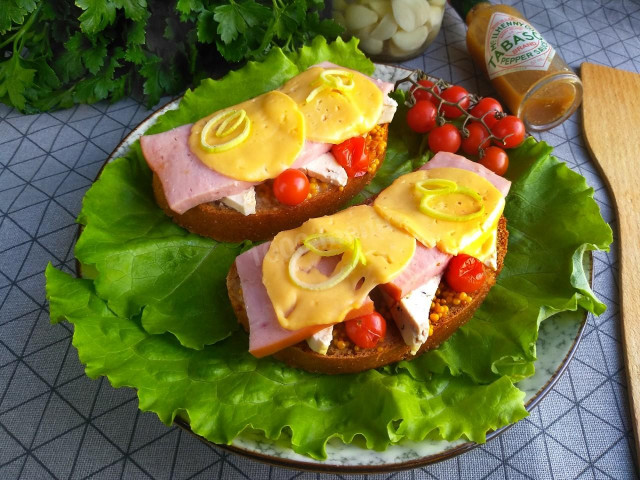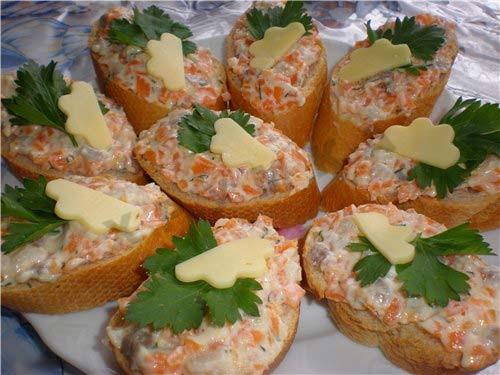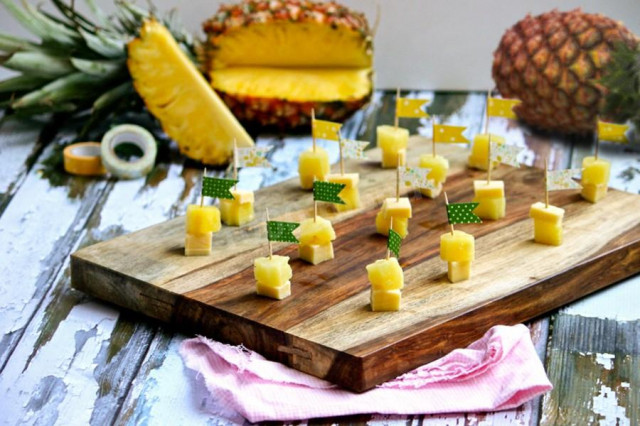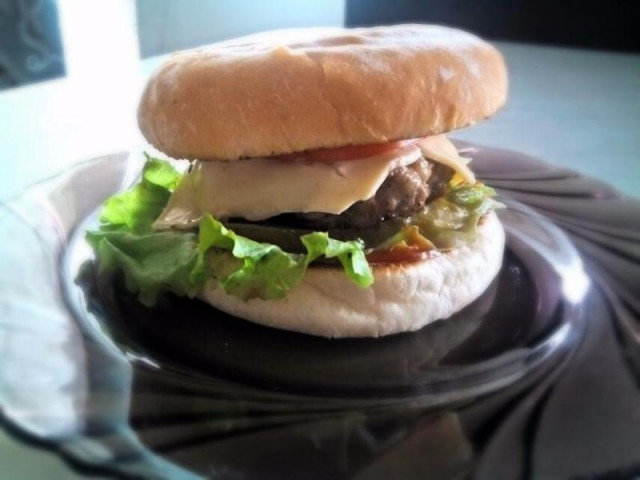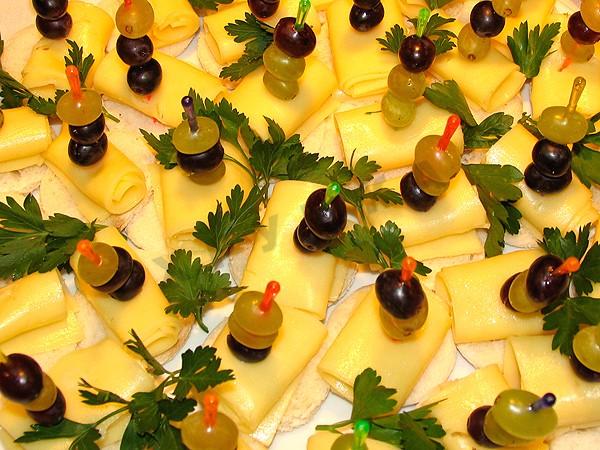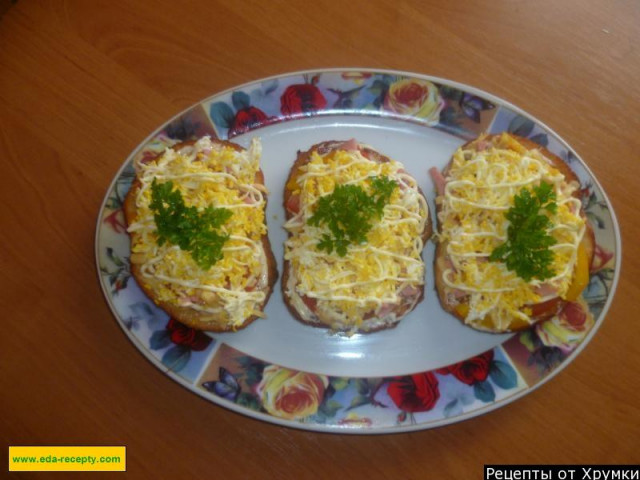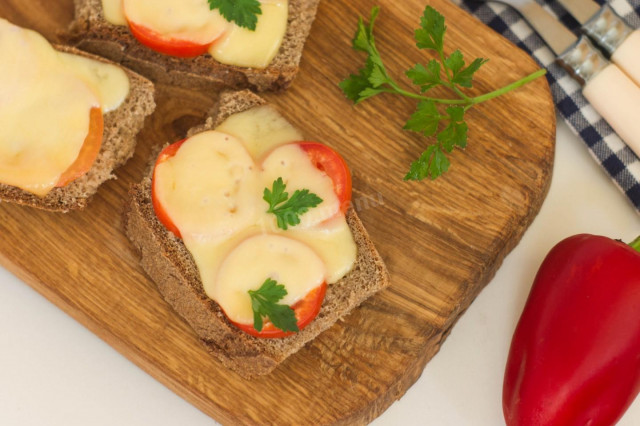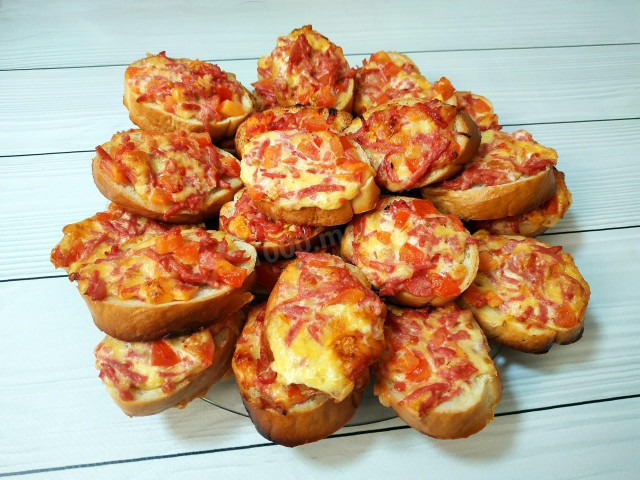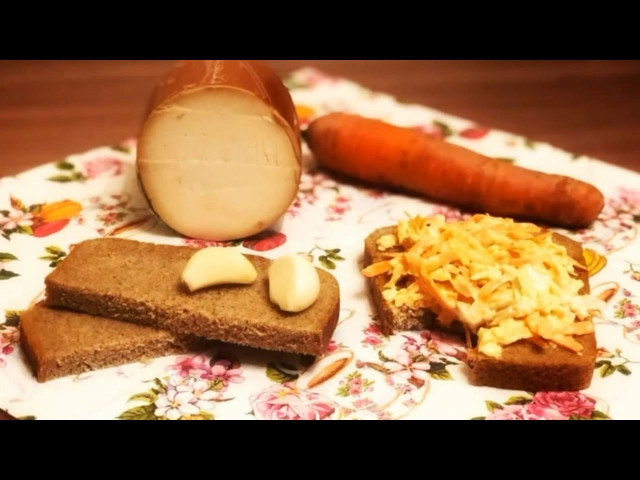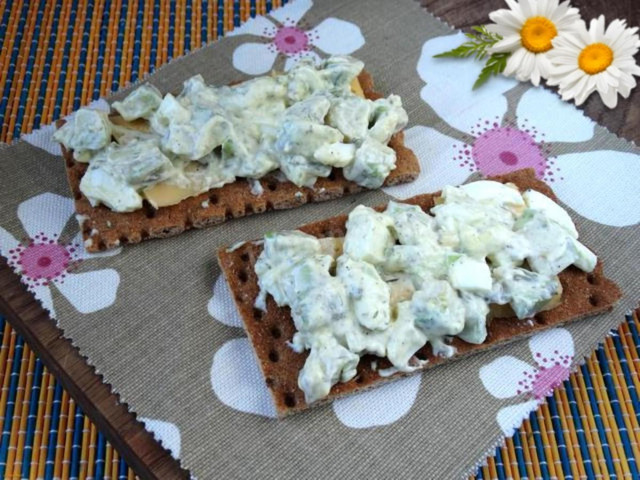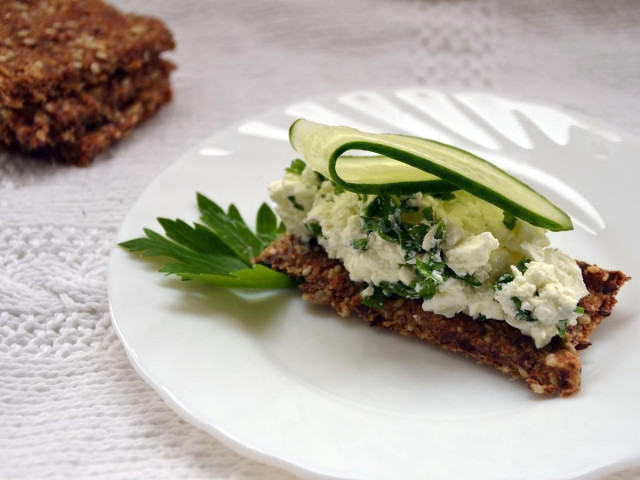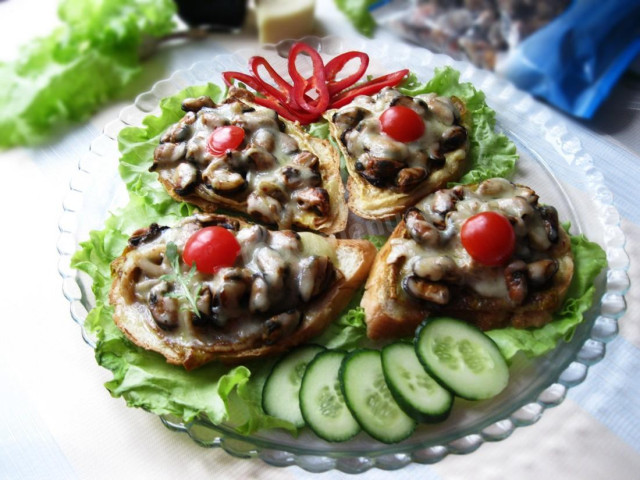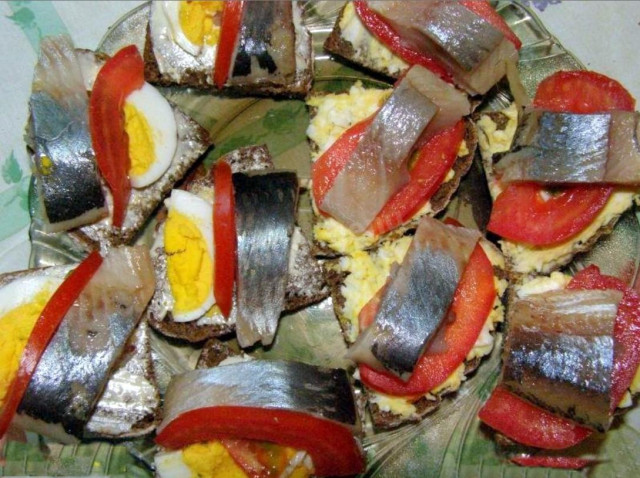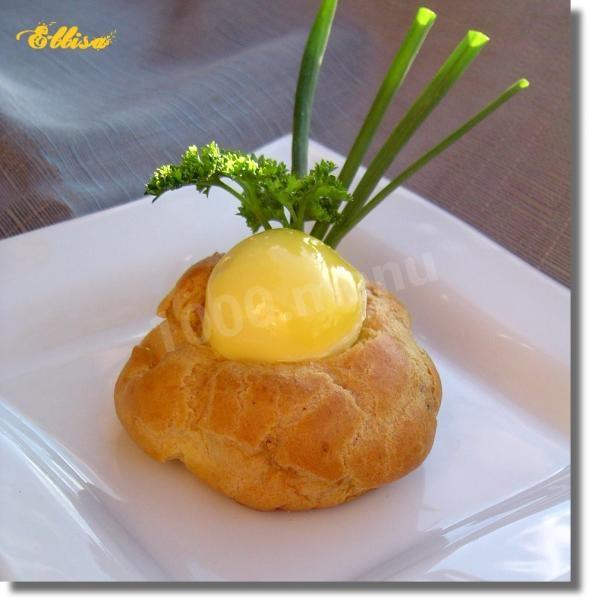Hard, in particular grated: cheddar, parmesan, emmental, beaufort, gruyere – other varieties without holes that are difficult to cut. A piece of tinder is placed on a canape and the dish is sent to the oven so that the shavings melt. After heat treatment, the filling tastes better. - Semi-solid with holes – large and small. Such varieties are also called sliced, which means they are suitable for slicing. To make a sandwich, it is important to cut off the thinnest but widest slice from the head so that it shines through.
The Five most commonly used ingredients in Recipes:
| Product | Calories per 100g | Protein g per 100g | Fats g per 100g | Carbohydrates g per 100g |
|---|---|---|---|---|
| Hard cheese | 366 | 24.1 | 29.5 | 0.3 |
| Tomatoes | 23 | 1.1 | 0.2 | 3.8 |
| A loaf | 273 | 8 | 3 | 50 |
| Eggs | 157 | 12.7 | 10.9 | 0.7 |
| Bread | 254 | 7.6 | 0.8 | 49.2 |
Therefore, it does not hurt to get a special knife that looks like a shovel with a sharp hole in the middle. Having such a kitchen tool at hand, you can cut perfectly smooth and flat strips for sandwiches. - With mold. They require careful selection of products. They are combined with figs, pears, grapes, asparagus, spinach, nuts, arugula and other ingredients atypical for a sandwich. To chop, it is enough to crumble, and there are soft cheeses with a thin crust on top. For even slicing, a separate knife, similar to a string, does not hurt. - Young: mozzarella, Feta, Adyghe, Philadelphia, cheese, ricotta. They are mainly used to spread bread instead of butter. To make it tastier, you can mix it with garlic, herbs, seasonings.

